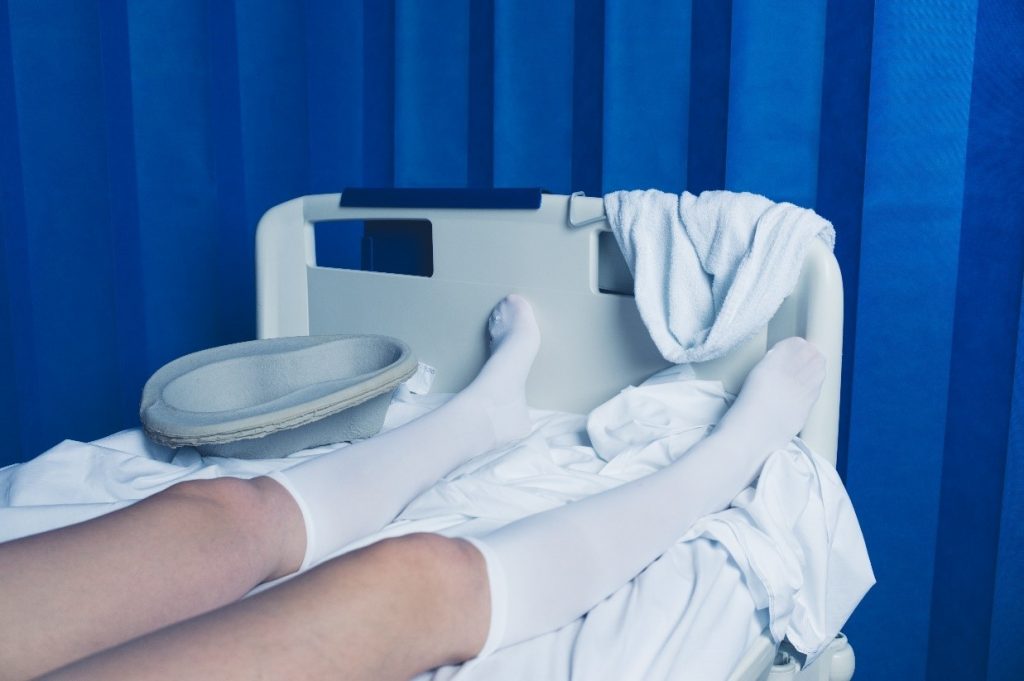GPs are being urged to increase venous thromboembolism standard
The Australian Commission on Safety and Quality in Health Care (ACSQHC) has announced a new clinical care standard for patients suffering from venous thromboembolism (VTE).
The new clinical care standard highlights the importance of GPs in preventing deaths from blood clots – particularly after hospitalisation.
Here’s what you need to know.
The clinical care standard
In Australia, there are 5,000 deaths each year from blood clots caused by VTE and to combat these figures, the ACSQHC has called upon GPs to help.
The clinical care standard is asking GPs to become bigger players in their patients care once they have returned to the community following hospitalisation and are in the high-risk window.
A recommendation from ACSQHC is improved recording of VTE prevention plans for patients while they’re in hospital and improved communication of the information between the hospital and the primary healthcare after discharge.
Another area of the care standard is an updated list of medicines used to prevent and treat VTE due to significant change in recent years.
The ACSQHC hopes increasing awareness about the long-term risks of VTE and blood clotting (especially in the three months following hospitalisation) that many lives can be saved.
How to identify VTE
According to Associate Professor, Amanda Walker, despite VTE being mostly associated with flying the highest risk is hospitalisation.
“The risk in flying is only four times your normal risk, but your risk in hospital is 100 times more, so we shouldn’t be calling this economy class syndrome, but we should be calling it hospital syndrome,” Associate Professor Walker said.
“Those risks extend into the post-hospital period for up to three months, so between half and three quarters of all clots in the community occur in a three-month period post-hospitalisation.
“The challenge is that sometimes the first sign of a VTE… is collapse and sudden death.”
VTE is formed by a slowing of blood flow in the veins due to immobilisation, surgery, cancer, or hospitalisation and patients at risk are being told to look for heat or swelling in the legs and chest pain.
If you think you might be at risk of VTE, consult with your regular GP.





